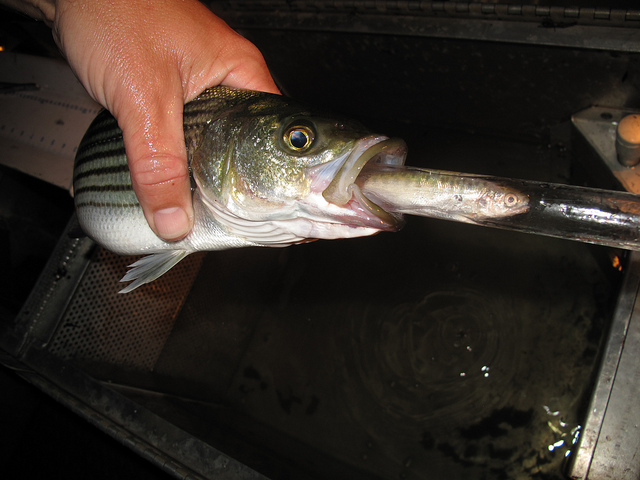Nutria are back in California Nutria, an introduced rodent once thought eliminated from California, is the latest of a string of dangerous invasive species wreaking havoc in California’s critically-important Sacramento-San Joaquin Delta. The nutria, like many other destructive non-native species (large-mouth and striped bass, Asian clam, Chinese Mitten crab, Quagga mussels and Nerodia water snakes, […]
Many Delta Stressors Impacting Delta Smelt and Delta Health
There are far bigger issues affecting the Delta than water exports and returning to a time prior to Western development is unrealistic. To describe the Delta as altered is to say that New York City is populous or California water politics contentious. Since the 19th century when locals began to reclaim the marshlands, dike the […]
